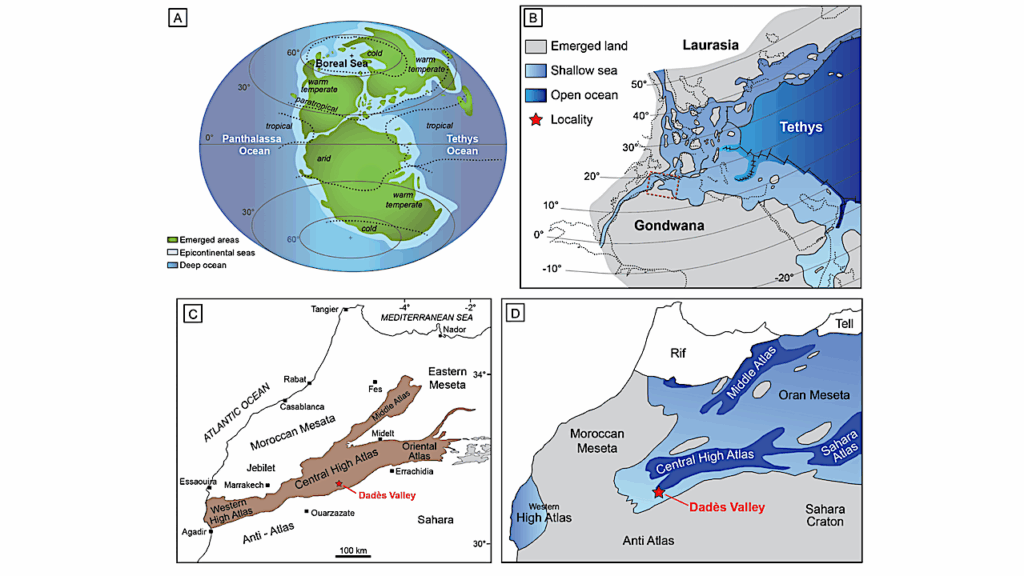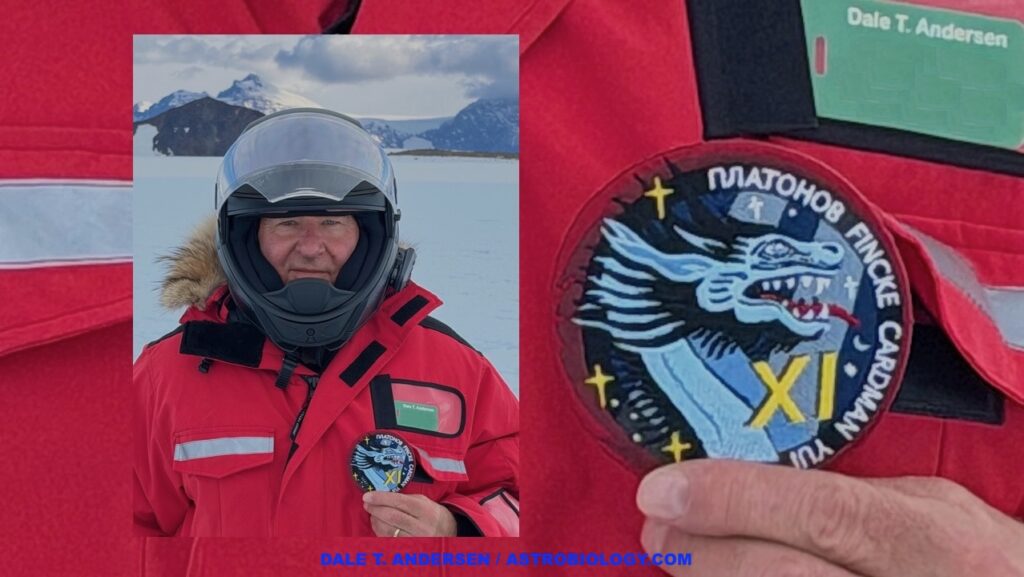Tricorder Tech: Detection Of Single Analyte And Environmental Samples With Silicon Nitride Nanopores: Antarctic Dirt Particulates and DNA in Artificial Seawater

Nanopore sensing is a powerful tool for the detection of biomolecules. Solid-state nanopores act as single-molecule sensors that can function in harsh conditions. Their resilient nature makes them attractive candidates for taking this technology into the field to measure environmental samples for life detection in space and water quality monitoring.
Here, we discuss the fabrication of silicon nitride pores from ∼1.6 to 20 nm in diameter in 20-nm-thick silicon nitride membranes suspended on glass chips and their performance. We detect pure laboratory samples containing a single analyte including DNA, BSA, microRNA, TAT, and poly-D-lys-hydrobromide. We also measured an environmental (mixed-analyte) sample, containing Antarctic dirt provided by NASA Ames.
For DNA measurements, in addition to using KCl and NaCl solutions, we used the artificial (synthetic) seawater, which is a mixture of different salts mimicking the composition of natural seawater. These samples were spiked with double-stranded DNA (dsDNA) fragments at different concentrations to establish the limits of nanopore sensitivity in candidate environment conditions. Nanopore chips were cleaned and reused for successive measurements.
A stand-alone, 1-MHz-bandwidth Chimera amplifier was used to determine the DNA concentration in artificial seawater that we can detect in a practical time scale of a few minutes. We also designed and developed a new compact nanopore reader, a portable read-out device with miniaturized fluidic cells, which can obtain translocation data at bandwidths up to 100 kHz. Using this new instrument, we record translocations of 400 bp, 1000 bp, and 15000 bp dsDNA fragments and show discrimination by analysis of current amplitude and event duration histograms.

(a) Schematic of a solid-state nanopore sensor composed of the membrane chip with a nanopore through it, connected to an amplifier with a fast data acquisition card. A voltage applied to the solution bath drives charged molecules through the nanopore. Ag/AgCl electrodes on both sides of the membrane are immersed in solution and used to record the ionic current signal over time. (b) and (c) Optical images of square 5 mm by 5 mm glass chips (b) and circular 3-mm-diameter glass chips (c) as part of the larger 4-in.-wafer during wafer-scale processing. (d) Photograph of an individual chip held by tweezers after cleaving from the substrate and before insertion into the fluidic cell. An optical micrograph of the circular SiNx window in the middle of this chip is shown in Fig. 5(c). These chips are also compatible with standard TEM holders and TEM characterization and drilling.— Review Of Scientific Instruments
Detection of single analyte and environmental samples with silicon nitride nanopores: Antarctic dirt particulates and DNA in artificial seawater, Review Of Scientific Instruments (open access)
Astrobiology








